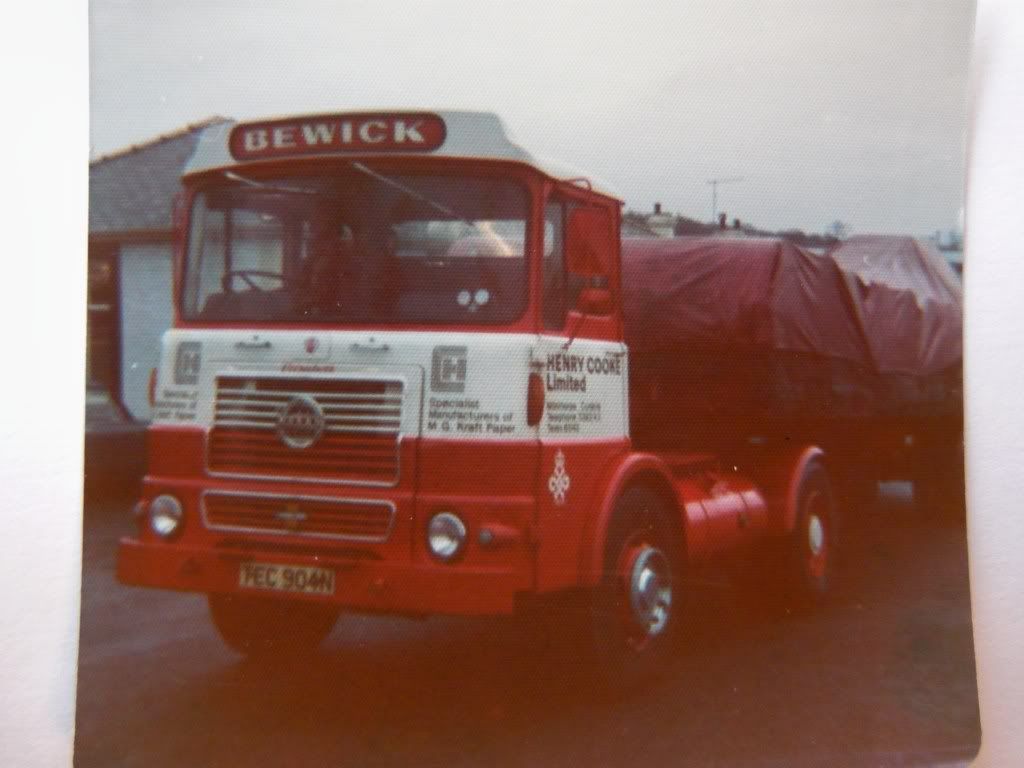newmercman:
[zb] I am led to believe, by those that should know, that you should never run coolant in anything other than a 50/50 mix of water (distilled) and Glycol, if you are going to change the mixture it should always be the water that is increased rather than the Glycol.The thing with increasing the pressure (and raising the boiling point) is the extra pressure only comes from working the water pump harder, thereby increasing the parasitic losses of the engine, which will help neither power or economy. The waterless coolant runs without any pressure and the operating temperatures and fan on parameters are only changed by 10-15deg, not a huge difference, but every little helps, if you’ve made all the other modifications then it would make sense. It is a lifetime coolant too, so you could just leave things as they are and settle for the better protection it is claimed to offer. Have a look for yourself at http://www.evanscooling.com/ see what you think.
Can’t think why they are saying a 50% solution is the maximum, although this spec sheet tends to suggest that the minimum freezing point is achieved at about 75% glycol to water: meglobal.biz/media/product_g … al_MEG.pdf
Increasing the overall system pressure will not affect the power requirement, since the pressure drop across the pump remains the same. Meddling with glycol/water ratio and radiator cap pressure (without going mad) is a valid method of fine tuning marginal cooling systems.
Of course, there are downsides to everything- specifying a 50% glycol mix as a minimum may cause problems with ignorance in service; higher cooling system pressure means more leaks, all other things being equal. Etc etc.


